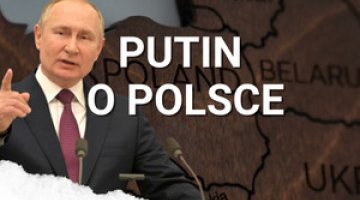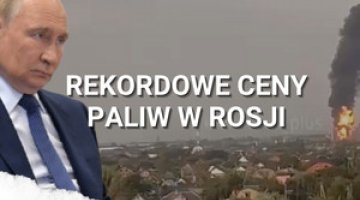Defeat for the Kremlin in regional elections
Runoffs in which heads of the regions (governors) are elected were held in Russia on 16 and 23 September. The vote in the first round did not decide on the winners in four out of the twenty-two regions in which the governors were elected this year. The election was repeated in Primorsky Krai on 16 September and in Khabarovsk Krai and Vladimir Oblast on 23 September.
The election in Primorsky Krai ended in a scandal: at the final stage of the vote count the results were forged in an obvious manner in favour of Andrey Tarasenko, the candidate of the ”party of power”, United Russia, who had been losing the run for governorship to a candidate put forward by the Communist Party of the Russian Federation (CPRF). The authorities cancelled the election result in the region (which is something unprecedented in the history of the Russian Federation). The election will be held there again in three months, in December this year. The governing party’s candidates in Khabarovsk Krai and Vladimir Oblast were beaten by their competitors from the Liberal Democratic Party (LDPR) led by Vladimir Zhirinovsky (winning 69.57% and 57.03% of the vote respectively). The runoff in the Republic of Khakassia, which was also scheduled for 23 September, was postponed until 7 October due to the Kremlin withdrawing the United Russia candidate, the incumbent governor Viktor Zimin, at the last moment (according to the forecasts, he had no chance of winning). Two candidates of the ‘licensed’ opposition will take part in the runoff: one representing the Communist Party and the other the party named A Just Russia.
Commentary
- Since direct elections of governors were reinstated in 2012, the defeat of the government’s candidates in as many as four out of twenty-two regions is something unprecedented. The only case so far when the election outcome was contrary to the Kremlin’s will was the victory of the Communist Party’s candidate in Irkutsk Oblast in 2015. However, this was an isolated case because elections so far as a rule had been under the full control of the government. In effect, with the exception of Irkutsk Oblast, the ‘licensed’ opposition did not win governor positions in the political struggle but would rather receive these positions from the Kremlin as part of pre-election arrangements – in such regions United Russia would not put forward its own candidates, and the candidates of the ‘licensed’ opposition could count on the full support of the state propaganda and administration apparatus. In all other cases, representatives of the pseudo-opposition parties have been treated as ‘technical’ sparring partners for the Kremlin’s candidates.
- This time, the election results were contrary to the Kremlin’s will as it had offered its candidates all possible political support (individual meetings with Vladimir Putin) and technical support (numerous violations of election procedures were reported, spin doctors from Moscow were working for the local campaigns of United Russia’s candidates, and the regions were visited by top officials from the Presidential Administration in charge of shaping domestic policy). This proves that the formula of ‘managing’ elections employed so far is no longer sufficient, given the intensifying public dissatisfaction partly provoked by the pension system reform. People voted above all to express their protest; they voted not ‘for’ the opposition but rather ‘against’ United Russia, which had backed the reform. Voters also made it clear this way that they expect reshuffles: in three out of four of the regions in question United Russia’s candidates sought re-election, while the residents were already disappointed with their rule. Primorsky Krai, where Andrey Tarasenko served as acting governor for less than a year, was the only exception, but it is traditionally a region with high protest potential. Apart from this one, there were no runoffs in any of the regions where new acting governors had been nominated over the past year.
- The reality of the Russian authoritarian system is manifested through demonstrating the government’s total control of public life. Taking this into consideration, the outcome of the runoffs, as viewed by the decision-makers, is a serious blow to their prestige and political image. It is also a personal defeat for Putin and even a potential political threat. Even though governors from the LDPR have no chance of being independent to a larger degree from the presidential centre of power and even though the Russian public is predominantly passive and loyal to the government, it has received a signal which is dangerous from the regime’s point of view: the outcome of an election does not have to be a foregone conclusion, and fears of the uncontrolled escalation of public dissatisfaction force the government accept the voters’ will.
- All this makes it necessary for the Presidential Administration to develop a new strategy for managing the Russian political scene. It should be expected that actions aimed at maximally weakening the ‘licensed’ opposition will be taken so that it cannot become an alternative to the current government for the voters, even hypothetically. It is also likely that the staffing policy in the regions will be adjusted, which will include more frequent preventive dismissals of governors with a poor performance record. The logic of Russian decision-makers will also include intensifying repression targeted against independent circles. It is an open question what the future of the United Russia will be because the formula of the ’party of power’ as one of the key elements of the governance model seems to have run dry. The answer to the question about the Kremlin’s future strategy will be partly provided by the manner in which the governor elections are held in Khakassia in October and in Primorsky Krai in December (the invalidation of the election in the latter region has created the option to forbid the Communist Party’s candidate to run for the governor’s position again).





